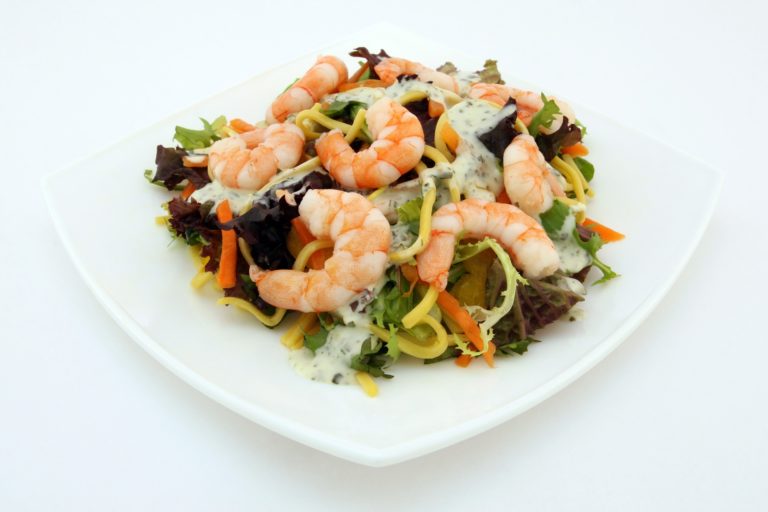
Shrimp, prawns, crevettes, gambas, tiger prawns, king prawns, warm water, cold water and also used as an insult to describe a small or puny person! One of the most consumed seafood products in the world, and within the confines of the next 1000 words or so I will attempt to describe everything “shrimpy”.
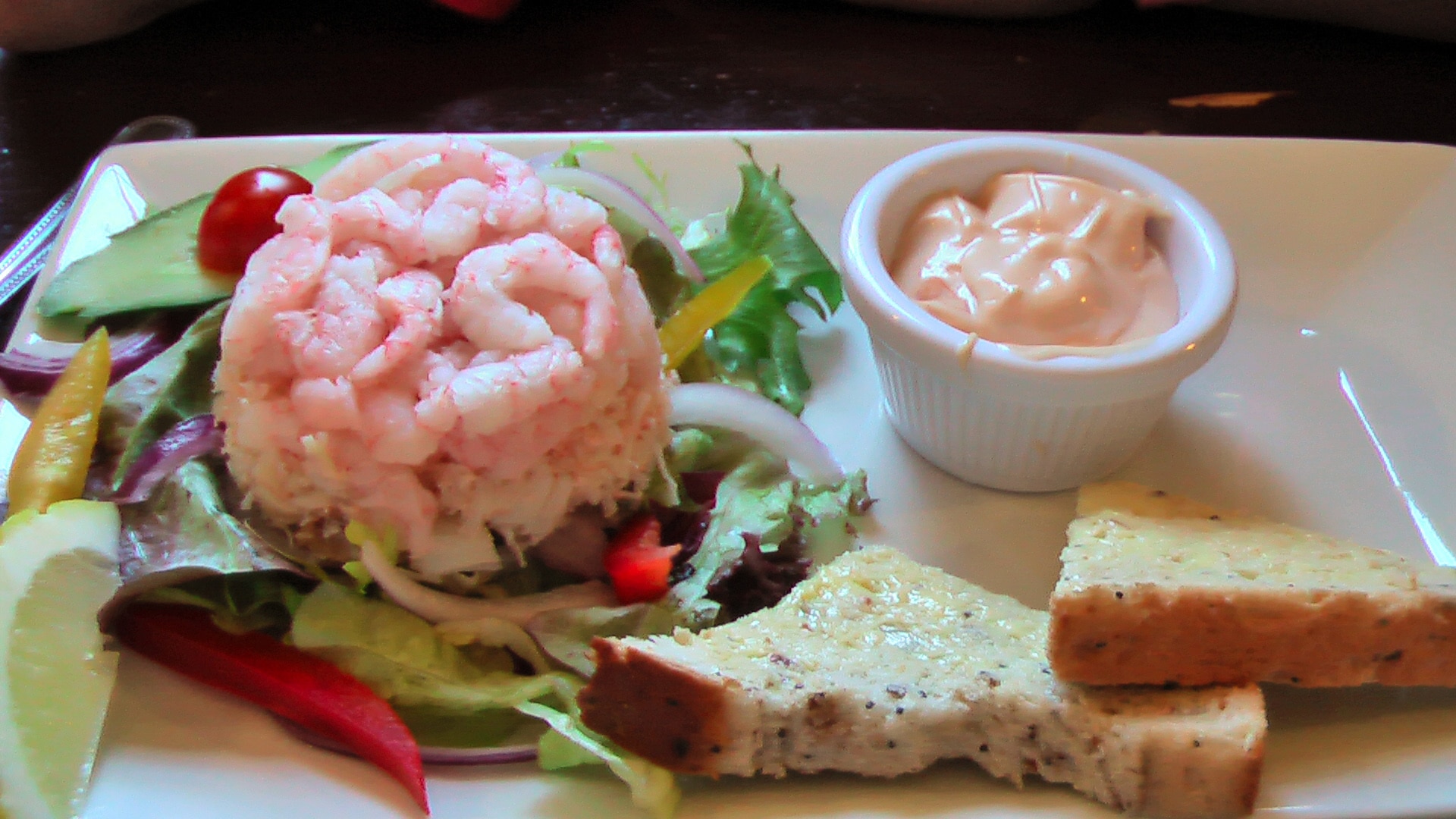
Growing up in England in the 1970’s a prawn (shrimp) cocktail was considered the height of sophistication. Usually made with small, frozen North Atlantic prawns that your mother ran under cold water to defrost, dumped on top of a pile of shredded iceberg lettuce and smothered with something called cocktail sauce, or, if you were really posh, Marie Rose Sauce – not to be confused with King Henry VIII’s ship the Mary Rose, which was discovered in the 1980’s off Southampton.
We then progressed from the ubiquitous prawn cocktail to putting the same prawns with half an avocado round about the same time that avocado coloured bathroom suites were all the rage. We thought we had arrived at the cutting edge of culinary art! Now we have prawn rings, prawn fountains and a buffet table would not be complete without large, shell-on, pink beauties.
For the purposes of this article I am going to include prawns and shrimps as being the same thing but I am aware that they are indeed two different animals. Being of British descent I tend to call them prawns but understand that in the USA the same thing may be called a shrimp. Technically there is a difference between shrimp and prawns – both are classed as Decapod Crustaceans, meaning they have ten legs and an external skeleton.
Prawns have 3 pairs of claw-like legs while shrimp only have the one pair, the legs on a prawn are longer and, apparently, they reproduce in different ways – but I think we can leave the sex to them! Also shrimp are classed as marine creatures, whereas prawns are classed as fresh water
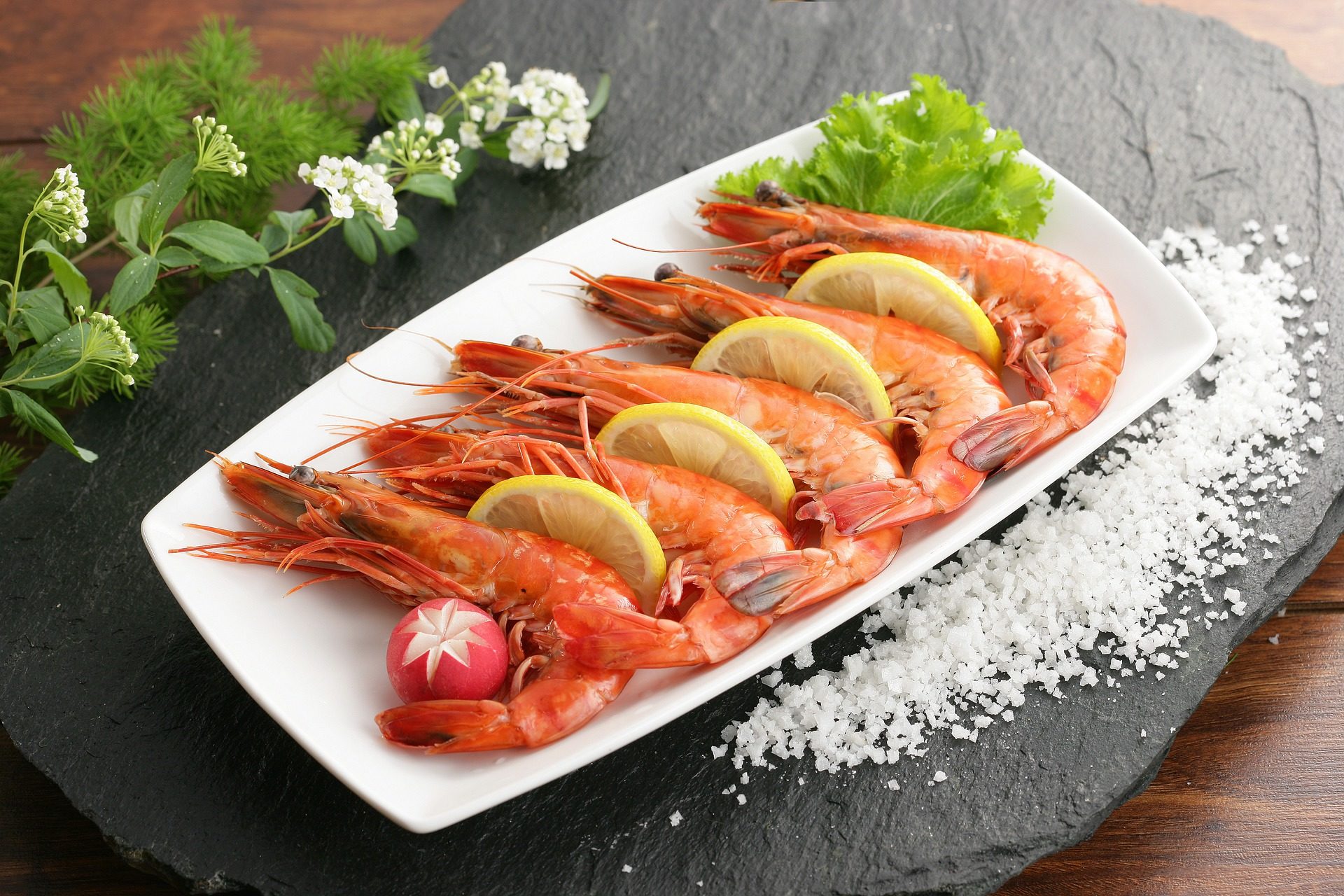
In the USA around 85% of the shrimp consumed is fished in the Gulf of Mexico and surrounding Atlantic Ocean off Georgia but on a worldwide scale the majority of shrimp is produced in China and Thailand as well as the warm waters around Madagascar, India, Mexico and Latin America. Shrimp farming is a massive business and is necessary to satisfy the huge global demand but, as with everything, there is an environmental impact.
Loss of mangroves, saltwater leaking into the groundwater supply and the overuse of antibiotics in farming are just some of the problems. Shrimp farming in Asia is not very regulated and some of their methods are dubious at best. Wild shrimp fishing is expensive and unreliable and wild caught shrimp only account for about 10% of American consumption.
To fish for wild shrimp the most effective way is to cast out a huge driftnet and catch anything that gets tangled in it, which often leads to a massive amount of “bycatch” often of endangered species. There are now regulations in place to protect turtles in particular. The other issue with shrimping in the wild is that many young people are not interested in the tough life that it involves – early starts, wild weather, unpredictability and the maintenance of boats.
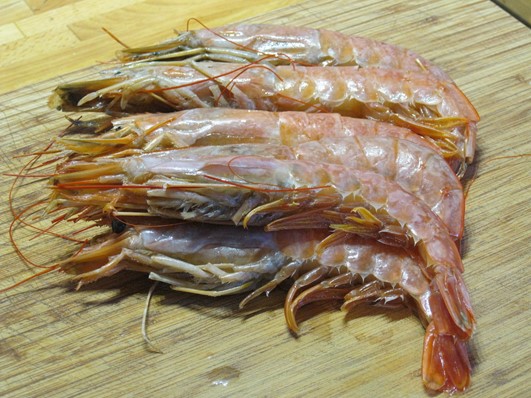
Currently in the USA consumption of shrimp is around 4.4lbs per person, which equates to 1.5 billion lbs per year and it is increasing. Prices are low and farming methods in Asia are efficient, which is also having a detrimental effect on the shrimpers of Georgia. In Europe we consume slightly less but the demand is there. The availability of good quality frozen shrimp at a reasonable price has led to a rise in demand in recent years. Gone are the days of the prawn cocktail (almost!), now we are buying large shell-on Argentinian prawns and getting adventurous.
Let’s talk about preparing those beautiful, meaty shrimp. Firstly, buy them with the shells on. The shells protect the meat and keep it flavoursome and moist, plus there is so much flavour in the shell when you start preparing stocks and sauces. Secondly, it does not matter if your shrimp are fresh or frozen. Unless you are buying them on the quayside directly from the boat the chances are that they will have been frozen at sea before reaching the market. They may appear fresh on the supermarket counter but they will have been defrosted for display.
Heads on, heads off, shell on or shell off, these are the questions. In terms of presentation, professionalism and ease of eating, I like to peel my prawns and devein them before cooking. I sometimes serve them with the heads still attached, depending on the dish, as this can improve the overall presentation. I once ordered gambas with a chorizo risotto in a local restaurant and sent the whole lot back to the kitchen – this is not something I do lightly; as a chef I know what it is like!
The prawns had not been peeled and were so overcooked that it made them impossible to peel at the table, add to that that the risotto lacked any chorizo…….So, peel them and then with a small sharp knife run down the back and pull out the dark “vein”. This is actually the digestive tract and can be gritty and is often referred to as prawn poop! Keep the heads and shells and cook them down in some butter, add some wine and cream and you have a great little sauce. I will share some recipes in a separate article.
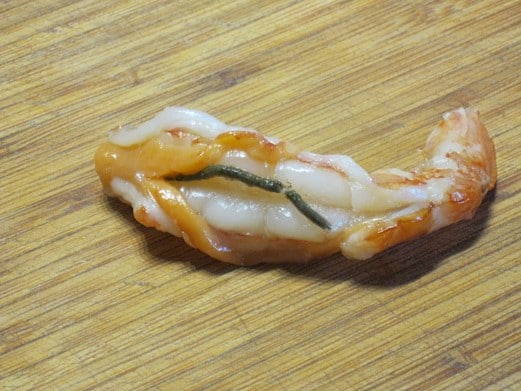
In conclusion, keep enjoying those glorious shrimp. Be prepared to pay for quality, put pressure on regulators to make sure farming methods are safe and, where possible, support the shrimping business and help it remain sustainable.